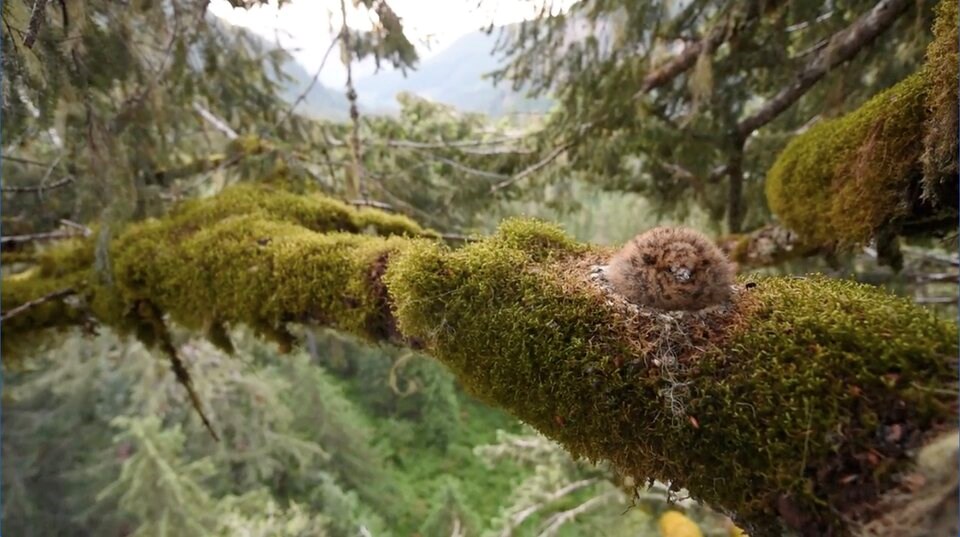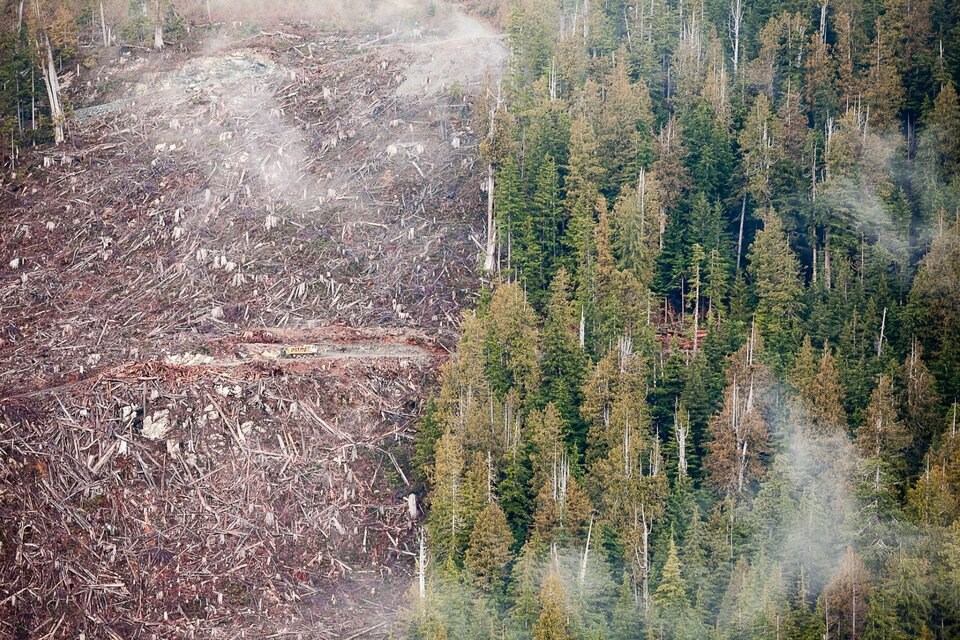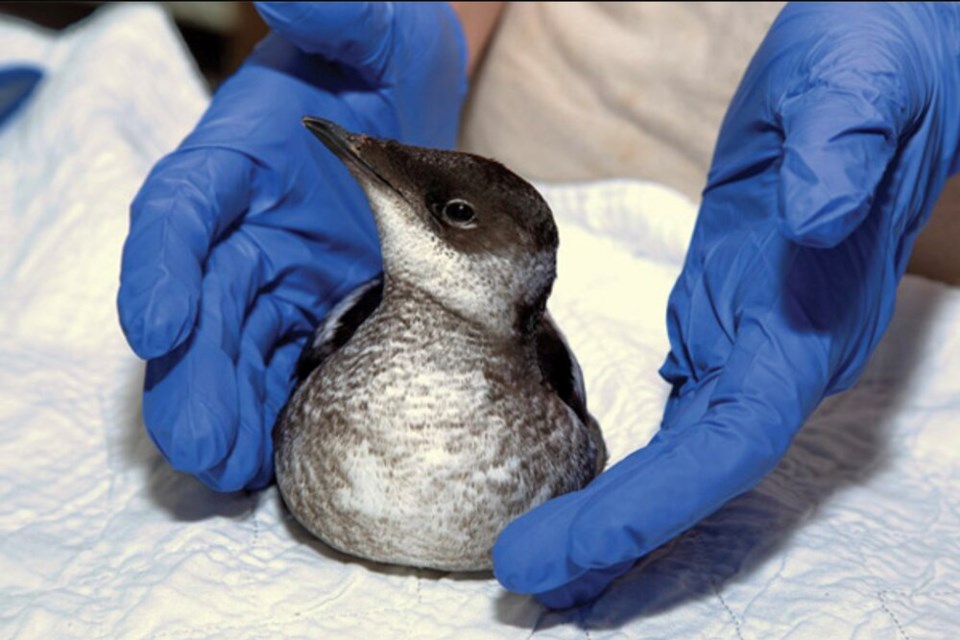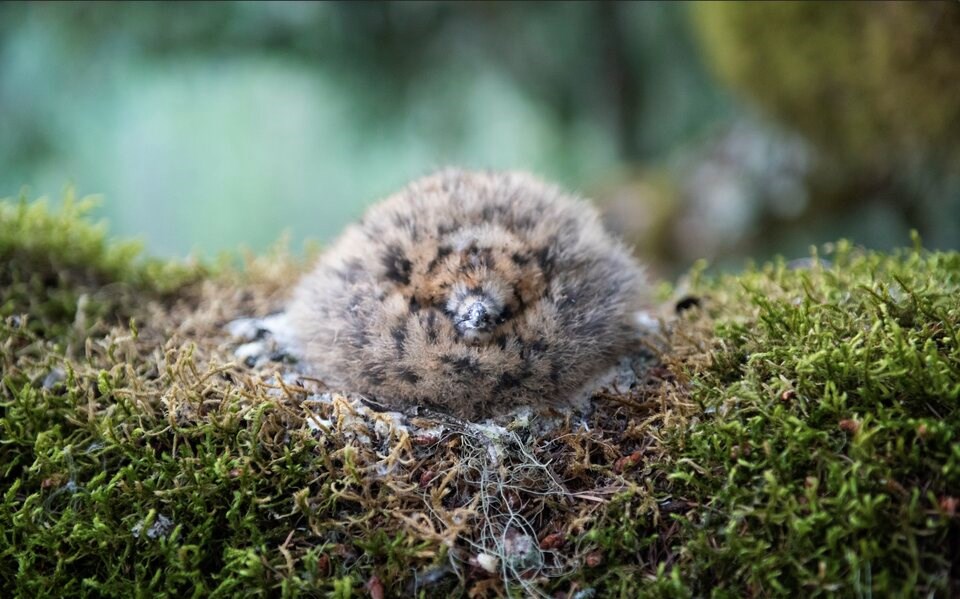Canada failed to properly protect more than two dozen threatened or endangered migratory bird species across the country — including the marbled murrelet, a seabird that nests in the coastal old-growth forests of British Columbia — a federal justice has ruled.
The ruling, handed down Feb. 1 but released Monday, hinged on Environment Minister Stephen Guilbeault’s decision to limit a protection order to the bird's nests and not its wider critical habitat.
Over two days in November 2023, lawyers for the Western Canada Wilderness Committee and Sierra Club BC argued that “unreasonably narrow” interpretation of the federal Species at Risk Act (SARA) left two dozen at-risk migratory birds unprotected on non-federal lands across the country.
The case applies to 24 at-risk birds, but arose in response to logging threats to the habitat of marbled murrelets, whose nests rise 15-50 metres above the ground, often tucked into the thick, mossy branches of old-growth trees.
In court, the applicants argued to Chief Justice Paul Crampton that only protecting the bird's nests did little to protect the species because logging operations often fail to spot the marbled murrelet habitat before it’s too late.
“I agree,” wrote Crampton in his ruling.

Lawyers for the federal government had argued that federal jurisdiction was limited by the division of powers with the provinces. But the justice disagreed, while also finding the province of British Columbia “had failed to adequately protect that habitat from industrial logging and other activities.”
“This was despite the province’s alleged recognition that there is now less remaining suitable nesting habitat in the East Vancouver Island Conservation Region… than is necessary for the survival and recovery of the marbeled murrelet species,” Crampton wrote.
The Sierra Club BC’s senior forest and climate campaigner Jens Wieting said the decision represents a win for a precautionary approach to protecting the habitat of endangered species, and one that will echo across the ecosystems Canada's at-risk migratory birds call home.
Charlotte Dawe, conservation and policy manager at the Wilderness Committee, said the “huge” decision should make the province take their responsibility protecting marbled murrelet habitat more seriously.
“This is going to offer a significant step forward,” she said. “It’s largely status quo industrial operations on the ground. Companies don’t even blink when it comes to destroying their habitat.”
“I’ve stood in homes of marbled murrelets that have been logged the next week.”

First declared threatened in 1990, marbled murrelets can be found along 4,000 kilometres of North American coastline, though most of the small black and white seabird are found in Alaska and B.C.
As few as 357,900 marbled murrelets are left, including an estimated 99,100 in B.C., where the species has lost an estimated 22 per cent of its habitat over three generations, according to the Committee on the Status of Endangered Wildlife in Canada (COSEWIC).
The species is threatened by oil contamination, entanglement in gill nets when foraging at sea, and unpredictable ocean temperature swings due to climate change. But a loss of nesting habitat in old-growth forests due to logging remains the “principal threat” facing the marbled murrelet, according to a 2023 COSEWIC recovery strategy.
The latest ruling comes as the federal government aims to limit the decline in the species to 30 per cent of its 2002 population by 2032.

Andhra Azevedo, the lead lawyer representing the Sierra Club BC and the Wilderness Committee, said the federal court’s decision offers the first legal test of a key tool to achieve that target — namely a section of Canada’s Species at Risk Act that allows the minister to issue protection orders to halt the destruction of habitat.
“Even though it had been in the act for 20 years, we’ve never seen the government take any action to actually protect the critical habitat of at-risk migratory birds in that time under this section,” Azevedo said.
“The minister has really been taking a backseat on habitat protection for at-risk migratory birds and kind of waiting for the provinces to take action.”
The justice’s ruling set aside Minister Guilbeault’s protection order and remitted it for reconsideration.
Guilbeault's press secretary Kaitlin Powers said in an emailed statement that Environment and Climate Change Canada is “aware of the Federal Court’s decision and is taking the time to analyze it and evaluate the next steps.”
“We are waiting to see how the minister responds,” added Azevedo.



